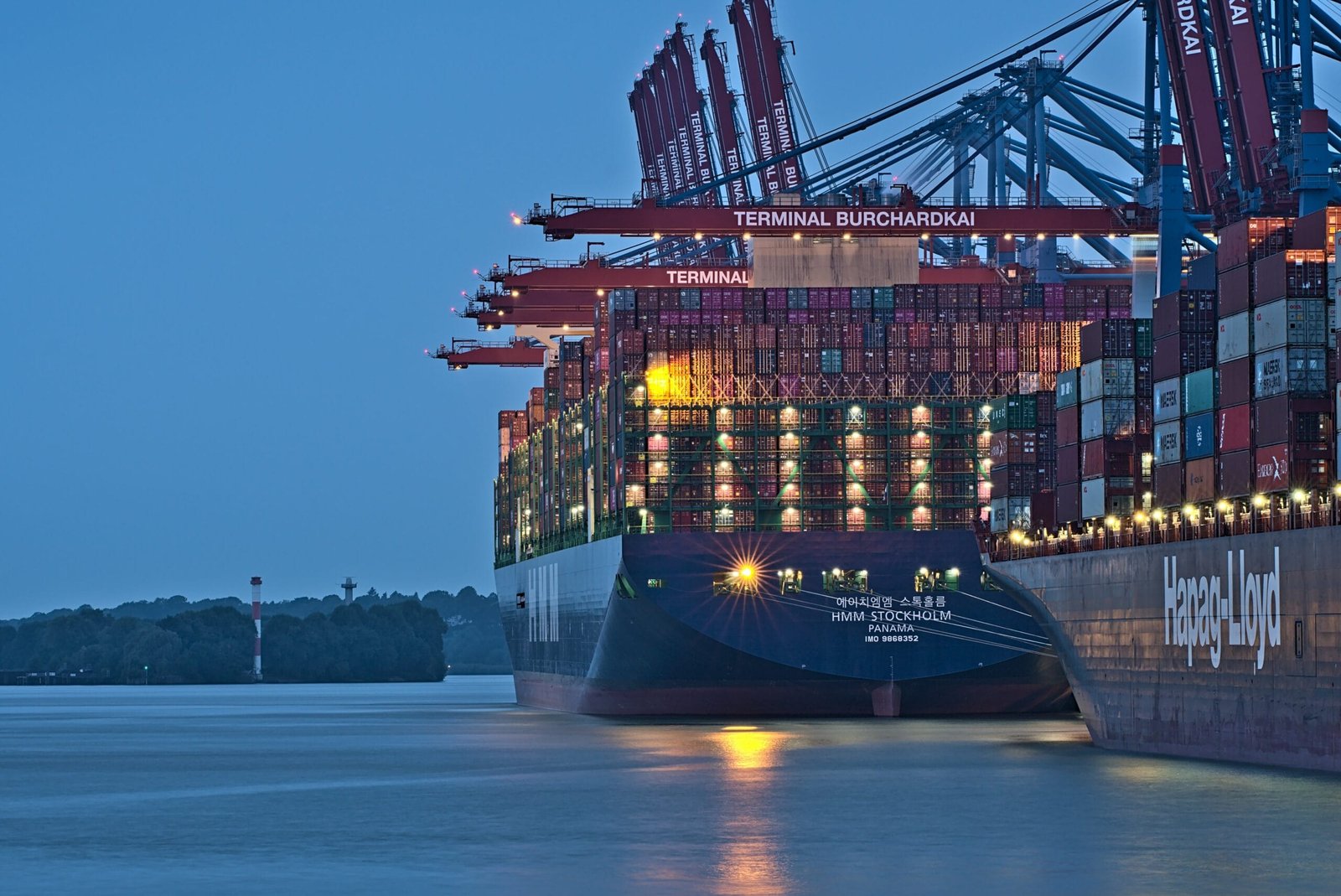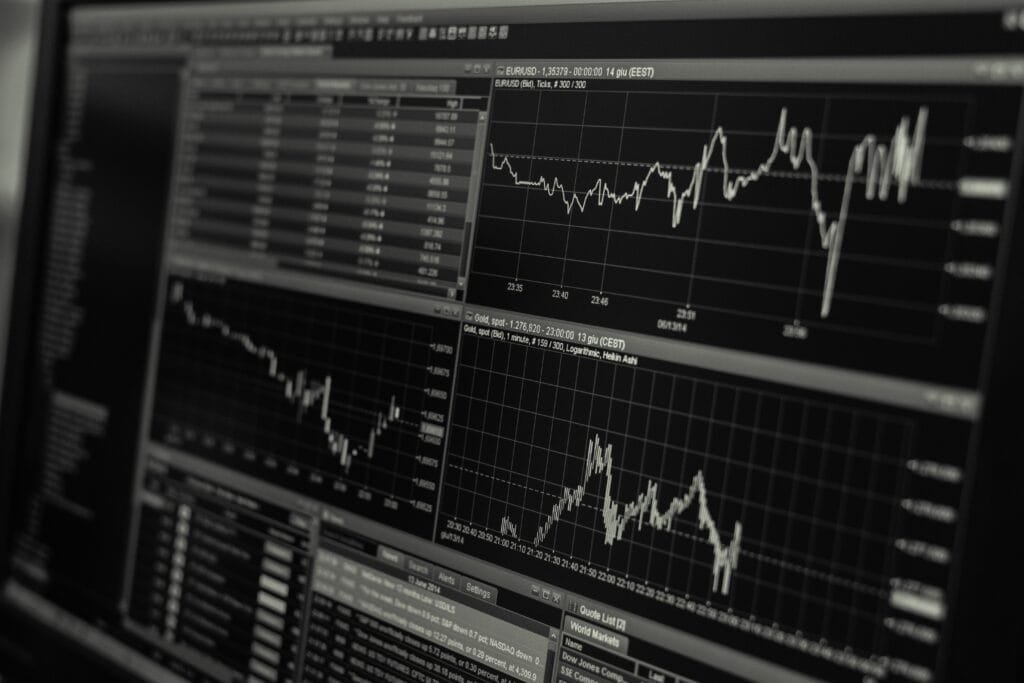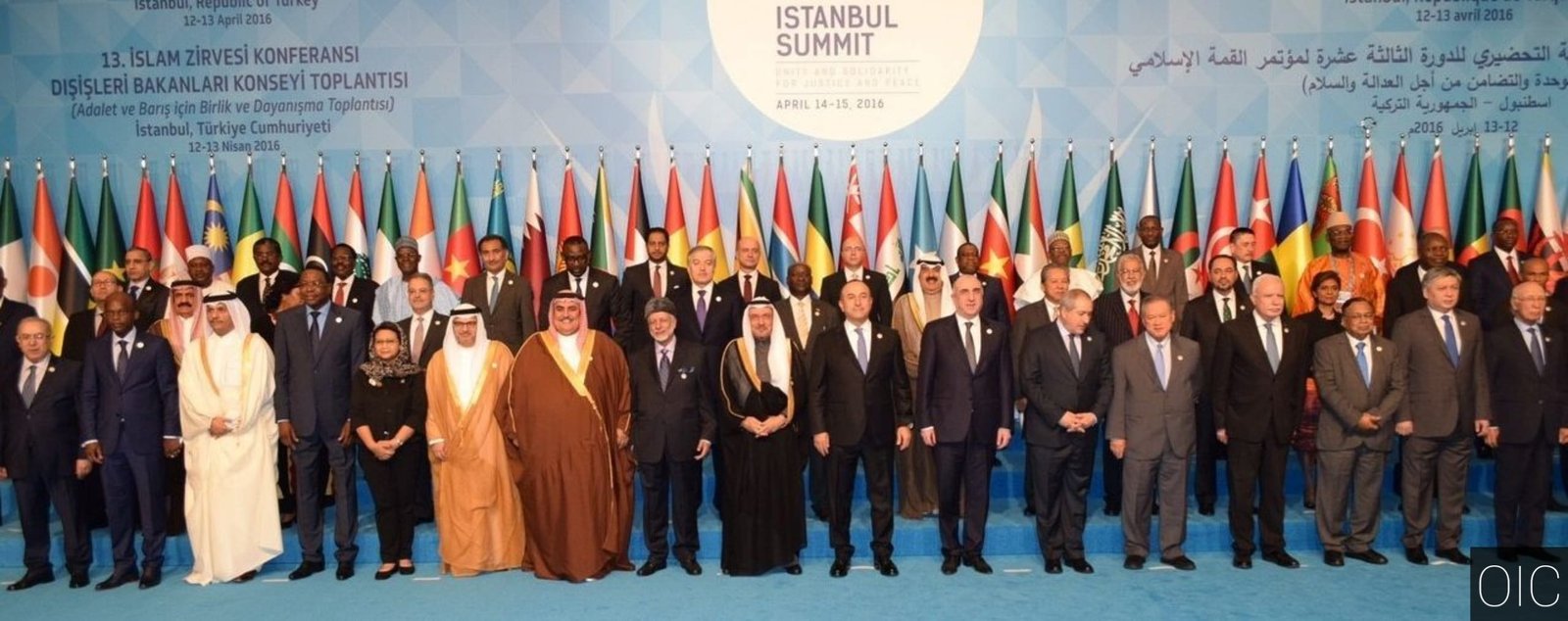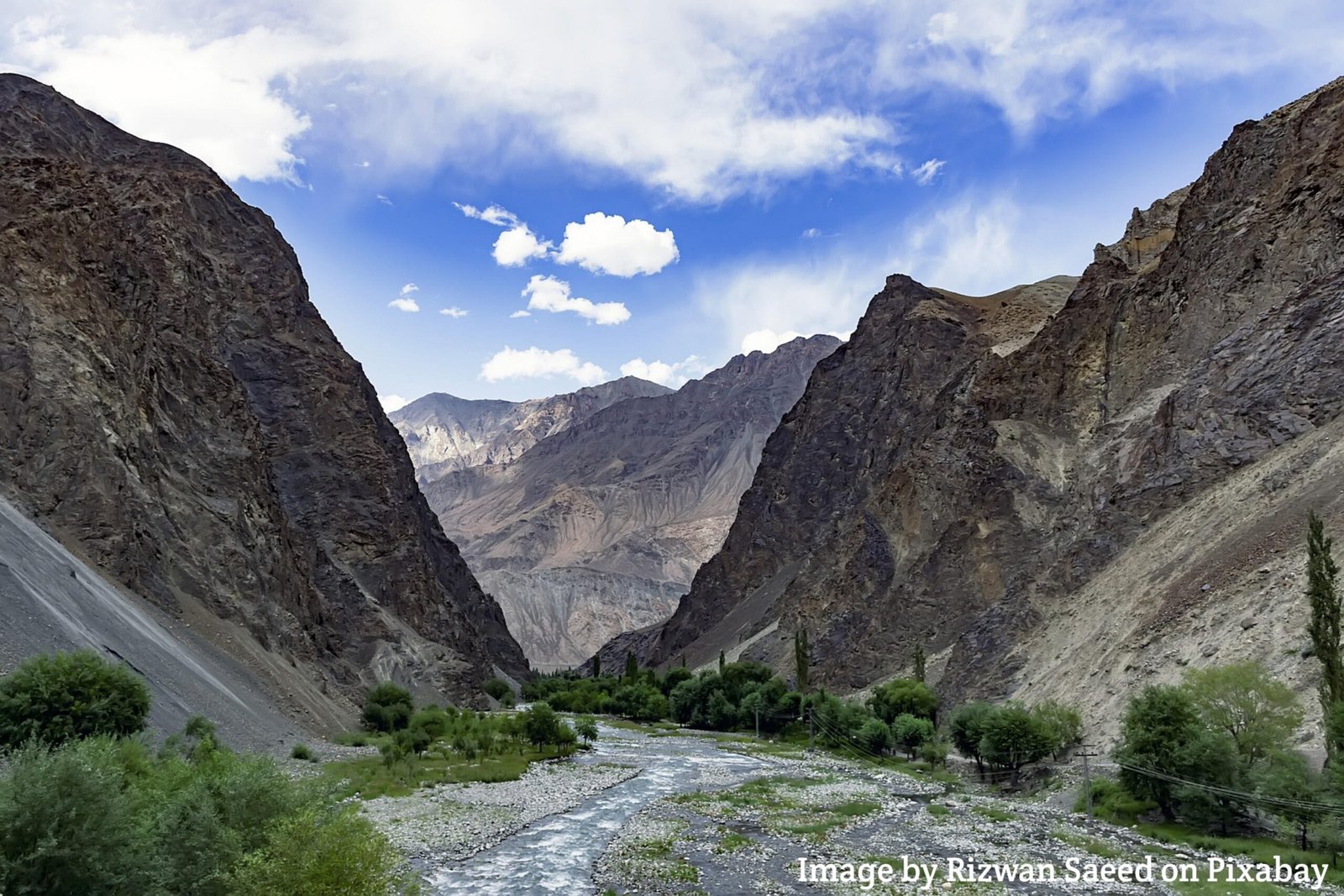
Table of Contents
Introduction
In the 21st century, only those countries that are leading in trade corridors, semiconductors, and rare earths are moving towards power. These countries are now establishing their influence through economic power rather than guns. It’s called geoeconomics, which means manipulating world politics with economic weapons.
In this article, we will examine how countries are making their mark on the global scene through trade corridors, rare metals, semiconductors, and economic sanctions.
Trade Corridors as Strategic Assets
Trade corridors are no longer used solely for economic benefits, but also serve strategic purposes. They are also created to maintain their influence in the region. Among these trade corridors, the one that is currently being considered the most important is China’s Belt and Road Initiative (BRI). BRI is one of China’s major projects that will not only bring economic benefits but also increase China’s influence in the region. China has been trading with Arab countries by sea for many years, which requires a long journey. This journey not only took it a long time but also required a lot of fuel.
To solve this problem, China launched the BRI project, of which China-Pakistan Economic Corridor (CPEC) is a very important part. Under CPEC, China is building Pakistan’s largest port in the Pakistani city of Gwadar. Trade goods from China will be transported by road to Gwadar and then by ships to Arabia and Africa. This will not only reduce time but also greatly reduce fuel consumption.
In response, India promoted investment in Iran’s Chabahar port to compete with Gwadar. At the same time, the India-Middle East-Europe Corridor (IMEC) project was also implemented, which is similar to China’s Belt and Road Initiative.
Rare Earths & Semiconductors : A New Global Currency
Both China and the United States are leading the race to acquire rare earth metals.They are used to make semiconductors, which are very small and expensive chips. These semiconductors are used in most electronic devices such as mobile phones, computers, vehicles, AI, military equipments, space technology, and missiles, etc.
More than 90% of the world’s semiconductors are made by Taiwan Semiconductor Manufacturing Company (TSMC). This is why the US and China are in a struggle for strategic control over Taiwan. In addition, the US is restricting exports of chips used in AI and military equipment to China. The US has also banned companies like Qualcomm, Nvidia and Intel for doing business with China without a license.
On the other hand, China is investing billions of dollars to make its own chips under the ‘Made in China 2025′ plan in an effort to become self-sufficient. Meanwhile, the United States is investing more than $50 billion in establishing chip factories and is also encouraging other companies like Arizona and TSMC to set up factories in the United States.

In addition, the European Union also has a goal that 20% of the world’s semiconductor chips should be manufactured in Europe by 2030. This clearly shows how the world is racing for chips. Whoever makes these chips will not only dominate the global economy, but will also dominate advanced devices, advanced military weapons, and space.
Economic Sanctions
Sanctions have now become an alternative to tanks. Economic sanctions are intended to weaken any country and force it to re-align. As the most common example of this is Iran, how the US has trapped it in global economic sanctions. Iran faces many economic problems due to these sanctions. At the same time, we also saw similar sanctions imposed on Russia when Russia started a war with Ukraine. Similarly, sanctions were also imposed on private Chinese companies, including Huawei and TikTok.
Investment, Diplomacy & Sovereignty Trade-offs
It is commonly observed that rich countries invest in poor countries and at the same time trap the host country in debt. These rich countries gain strategic autonomy there in the name of investment. As an example, we can take the Hambantota port of Sri Lanka and see how it was trapped in this strategic way. This port was built by China at a cost of billions of dollars, but when Sri Lanka could not repay the debt, China took control of it for 99 years. This debt diplomacy is used by many major countries to establish geopolitical influence in the region. The United States has made similar investments in India so that it can use India against China and deter it from Chinese investment.
Trump’s Tariff War
When Donald Trump became President of the United States in 2024, he raised the slogan “Make America Great Again.” Trump vowed to make America even stronger economically. He imposed heavy tariffs on imports from various countries. China was at the top of these countries, with tariffs of up to 60%. In response, China also imposed tariffs on the United States, starting a new trade war.
“We’re going to start being smart, and we’re going to start being very wealthy again.”
– President Trump on new reciprocal Tariffs in the Rose Garden on April 2, 2025
These tariffs were imposed by Trump to force American and other businesses from China to come and manufacture goods in the United States. But these tariffs were imposed not only for America’s economic benefits but also for political purposes, to put economic pressure on China and gain strategic advantage.
“This is about securing our future and stopping China from dominating our industries. It’s not just trade, it’s national survival.”
– Donald Trump, Speech in Ohio, April 2025
Conclusion
According to the details given above, It is clear that in global politics, instead of tanks and ships, weapons such as economic policies, trade corridors, economic sanctions, investments, etc. have emerged. Now states are engaged in defeating each other in the market instead of on the battlefield. This is also called a silent war, which is slow but has long term benefits.
On the scientific landscape of geoeconomics, only a country will succeed that not only achieves economic stability but also aligns its economic policies with diplomatic, strategic, and security policies. Because it has now become extremely important for the present and future, and countries from the global south should also think about it.
Written By
Rumman Mustafa
The Khilafat Times




